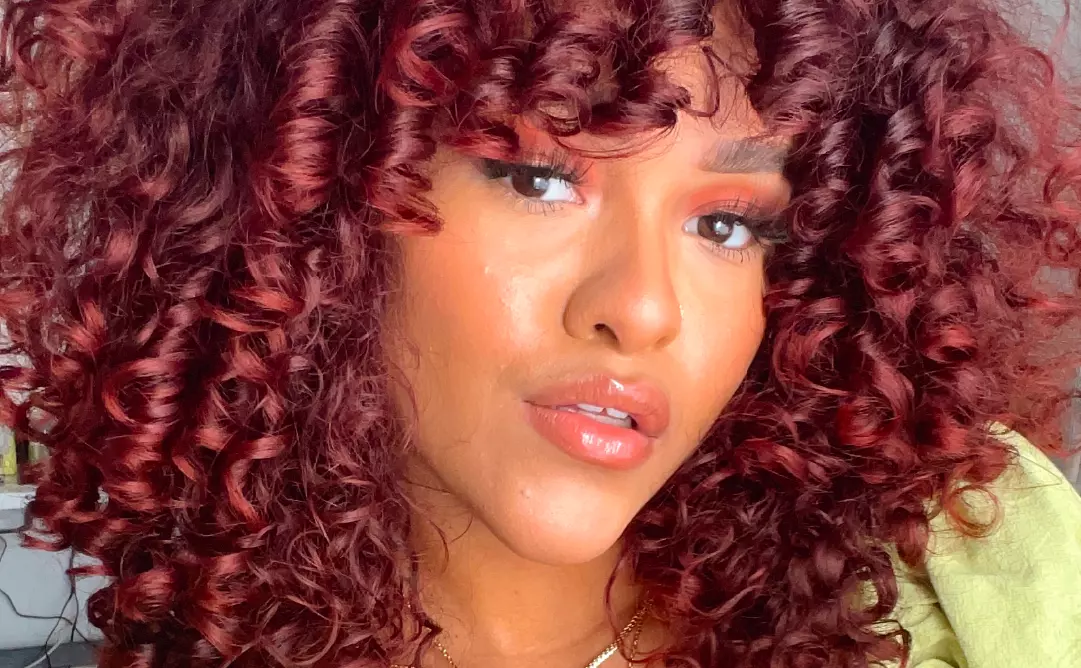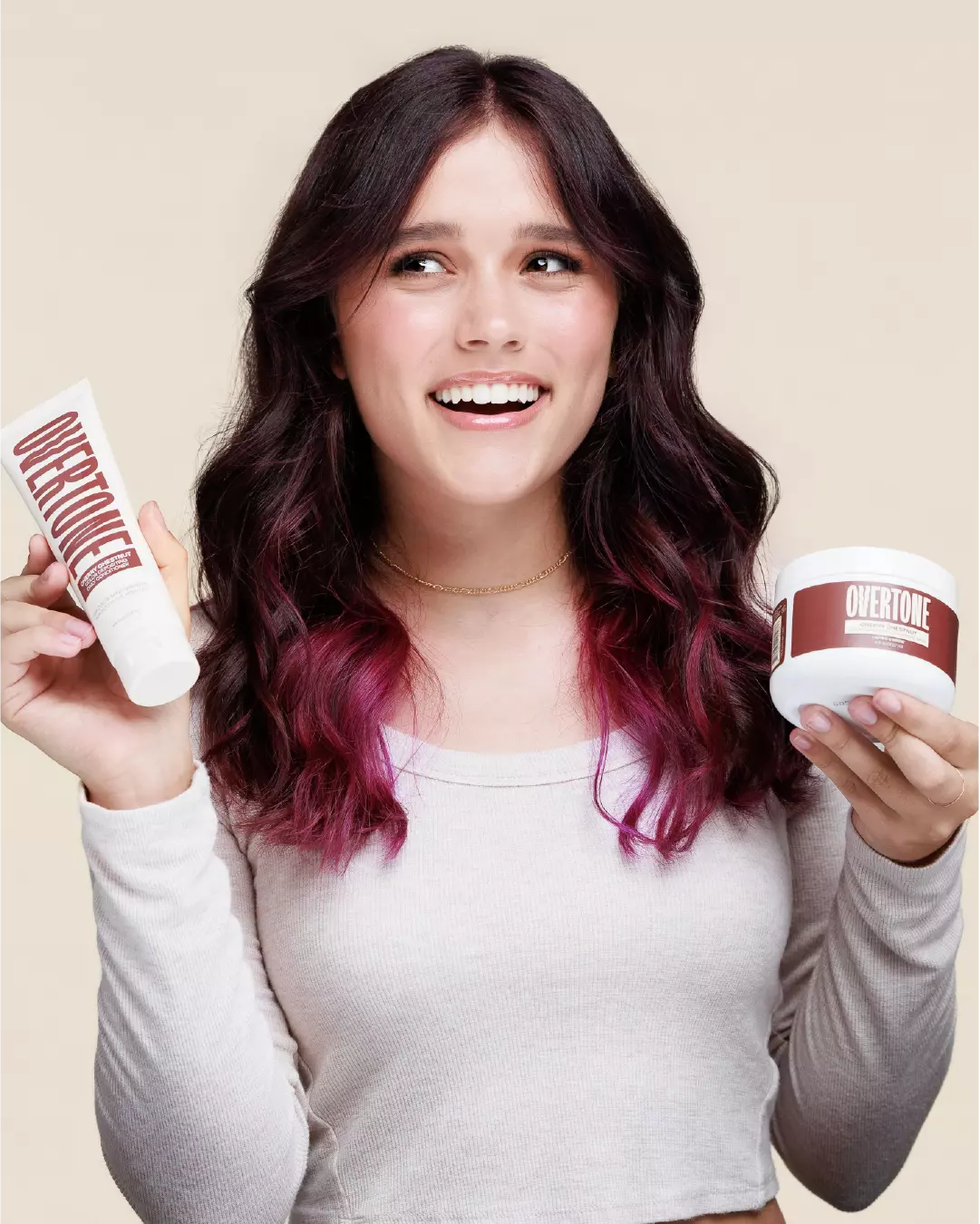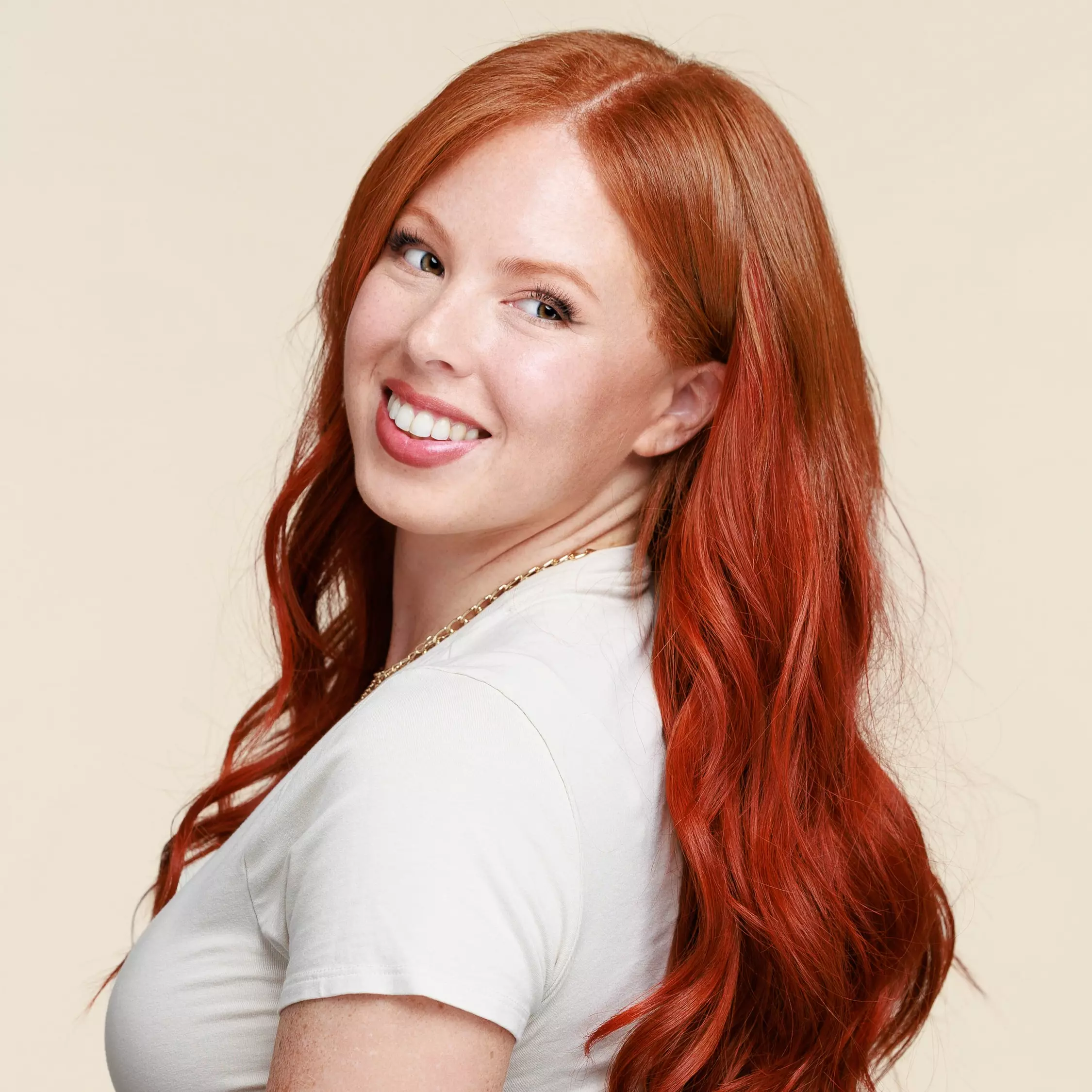Semi-Permanent Color vs. Permanent Hair Dye: Which Is Right for You?

1. Your Complete Color Decision Guide
When it comes to coloring your hair, you have two major paths: permanent hair dye, which alters your hair’s natural pigment until regrowth, or a semi-permanent color system, which deposits vibrant pigments that wash out over several weeks. Both methods deliver beautiful results, but they differ in chemistry, maintenance, damage risk, and flexibility. This guide will demystify each approach, compare them head-to-head, and help you decide which is the best fit for your style, schedule, and hair health.
2. What Is Permanent Hair Dye?
-
Permanent dyes use a two-step chemical process:
-
Cuticle Opening with Ammonia
Ammonia raises the hair cuticle, allowing oxidative pigments to penetrate the cortex.
-
Developer/Peroxide Activation
Peroxide breaks down natural melanin and binds new color molecules.
-
Result
True-to-tone, long-lasting color that only grows out with root regrowth.
-
Key Ingredients: ammonia, hydrogen peroxide, p-phenylenediamine (PPD), resorcinol.
-
Typical Salon vs. At-Home Kits:
-
Salon: Professional-strength developers and bespoke shade mixing.
-
At-Home: Pre-mixed formulas, slightly gentler developer levels, some risk of uneven lifts.

3. What Is Semi-Permanent Color?
Semi-permanent systems, like Overtone’s, rely on richly pigmented color depositing conditioners:
-
No Developer or Ammonia
-
Pigments coat the hair cuticle without altering its natural structure.
-
Conditioning Base
-
Formulated with shea butter, coconut oil, and avocado oil for hydration and cuticle sealing.
Fade Timeline
-
Gradual wash-out over 3–5 weeks, depending on wash frequency, water temperature, and hair porosity.
Customization
-
Mix multiple shades to create bespoke tones; layer applications for deeper color.

4. Pros & Cons of Permanent Dye
Pros:
-
True-to-Shade Results: Deeper, more predictable color payoff.
-
Long-Lasting: Only regrowth necessitates touch-ups.
-
Professional Options: Access to advanced pigments and toners in salons.
Cons:
-
Chemical Damage: Bleaching and developer can weaken hair fiber, leading to breakage.
-
Commitment: You’re “locked in” until roots grow out.
-
Scalp Sensitivity: Higher risk of irritation or allergic reactions to harsh chemicals.
5. Pros & Cons of Semi-Permanent Color
-
Pros
Damage-Free: No bleach, developer, or ammonia.
Conditioning Benefits: Every application doubles as a deep-conditioning treatment.
Switch-It-Up: Change shades monthly or even bi-weekly.
-
Cons
Shorter Lifespan: Requires more frequent refreshes for consistent vibrancy.
Subtler on Dark Hair: Natural-level shades may deposit subtly unless hair is pre-lightened.
6. Styling Tips to Preserve Color
-
Low-Heat Styling: Opt for lower temperature settings on hot tools.
-
Air-Dry When Possible: Let your hair dry naturally to minimize damage.
-
Silk Accessories: Sleep on a silk pillowcase and use silk scrunchies to reduce friction.
CHECK OUT OUR MOST POPULAR PRODUCTS
FAQs From the Overtone Community
Q: Can I use the mask and conditioner on the same day?
A: For maximum impact, choose one treatment per wash—either a quick conditioner refresh or an intensive mask.
Q: How long will the mask’s color last?
A: Expect 1–3 weeks of color, with deeper saturation on repeated weekly uses.
Q: Will this weigh down fine hair?
A: Our zero-drip formula and fast rinse ensure even fine hair gets shine without heaviness.
Q: Can stylists use this for in-salon express gloss services?
A: Yes—professionals love the quick processing and clean application of our treatment mask.
Q: Are these formulas safe for all hair types?
A: Absolutely. From straight to coily, everyone’s welcome to a mess-free color experience.


